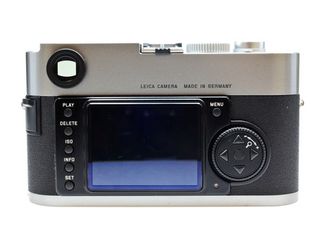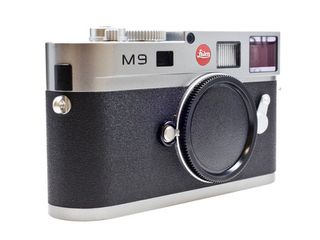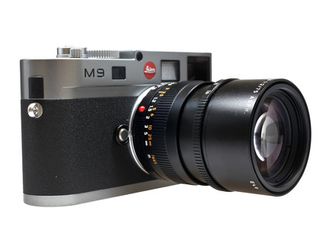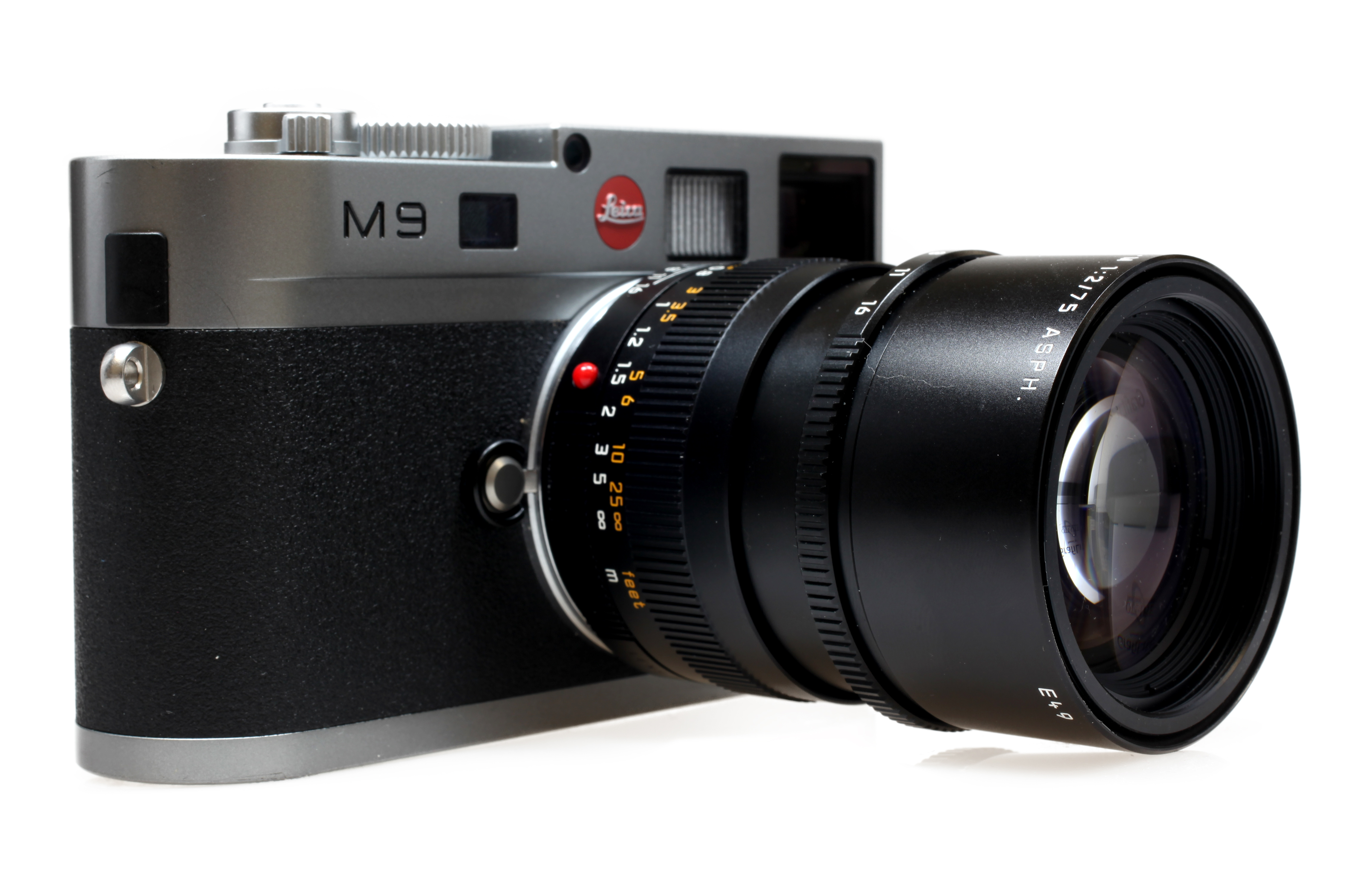Why you can trust TechRadar

With its full-frame sensor, the Leica M9 compares favourably with the Sony Alpha 900 and Canon EOS 5D Mark II, with similar noise levels to both cameras at lower sensitivities. But the results show it struggles as sensitivity is raised.
Dynamic range is much the same, with excellent results on low sensitivities and a slightly weaker performance higher up. With its less populated sensor it's no surprise that the Nikon D700 manages to outshine the Leica M9 for both dynamic range and noise control, although this is still a commendable performance for such a small camera.
Although the camera uses a centre-weighted metering pattern as standard, exposures are generally correct.
Throughout the hundreds of images shot for this test, the only ones which resulted in any exposure errors tended to be those that could easily fool most cameras, such as those with larger areas of sky or clouds (most of the exposure errors tended to be under rather than overexposed, even in situations when the latter was expected). It'd be interesting to see whether a multi-pattern system would improve its hit rate.

Auto white balance systems are never faultless, but the occasional inconsistencies from the Leica M9's system are worrying, particularly as many mistakes occur under natural light. In a number of daylit situations the camera veered off towards a slight green or blue cast, resulting in images being slightly colder than expected, although the handful of mistakes it made under mixed lighting were more understandable.
Of course, with a range of in-camera presets and a manual option, this issue isn't insurmountable, and for RAW shooters, slight amendments to white balance are likely to be standard post-processing tasks. But this unreliability is unfortunate, as when the camera gets it right, the colours are superb.
On the Standard settings, JPEGs see a slight injection of vibrancy over their RAW counterparts, and the mood of the scene is retained with aplomb.
Noise features somewhat earlier than expected in the digital camera's sensitivity range, with a noticeable shift at around ISO 800. Images past this point show a moderate amount of finely-textured chroma noise, which our lab testing confirms is slightly behind Nikon's D700 and Canon's EOS 5D Mark II.

For detail and resolution, though, the Leica M9 rangefinder scores highly. At lower sensitivities the camera resolves remarkable detail, and with the correct technique and a good lens, sharpness extends faultlessly to the very edges and corners of the frame.
We were also pleased to see little corner shading throughout photos, typically only being noticeable when actually looking for it, although this will obviously vary between lenses, apertures and different subjects.
Slightly concerning is the level of chromatic aberrations throughout images, even with some of the better optics in the M-series range. JPEG processing only seems to have a slight effect at reducing these chromatic aberrations, too – in some cases even being more visible in JPEGs on account of their contrast.
The slight boost in contrast does, however, help to define edges in JPEG files, although some of the finer scene details appear to be lost in the process.
Nevertheless, sharpness in JPEGs is satisfactory, while the overall JPEG processing is certainly better than that seen in Leica's X1.
Many photographers will no doubt be more interested in processing the camera's RAW files instead, and these provide a detailed and clean starting point for further processing, particularly at lower sensitivities.
Current page: Performance
Prev Page Build quality and handling Next Page Image quality and resolution
Google's AI-powered bug hunting tool finds a host of concerning open source security flaws

Apple just confirmed its annual Black Friday shopping event, and it's all about gift cards

Would you pay $2000 for the most extravagant laptop of 2024? GPD's double foldable convertible laptop goes on sale — with world's fastest mobile CPU and even an OCuLink connector
